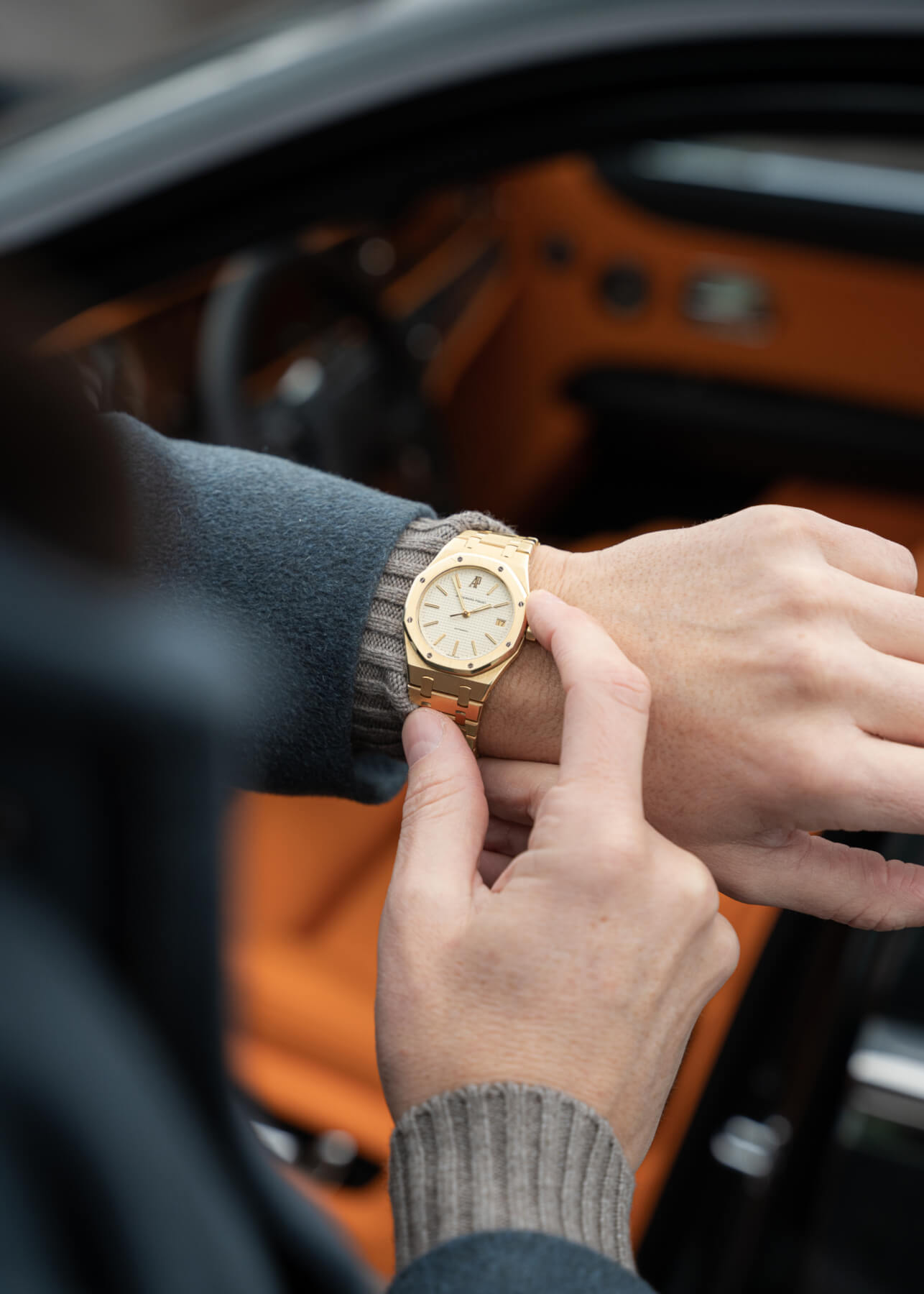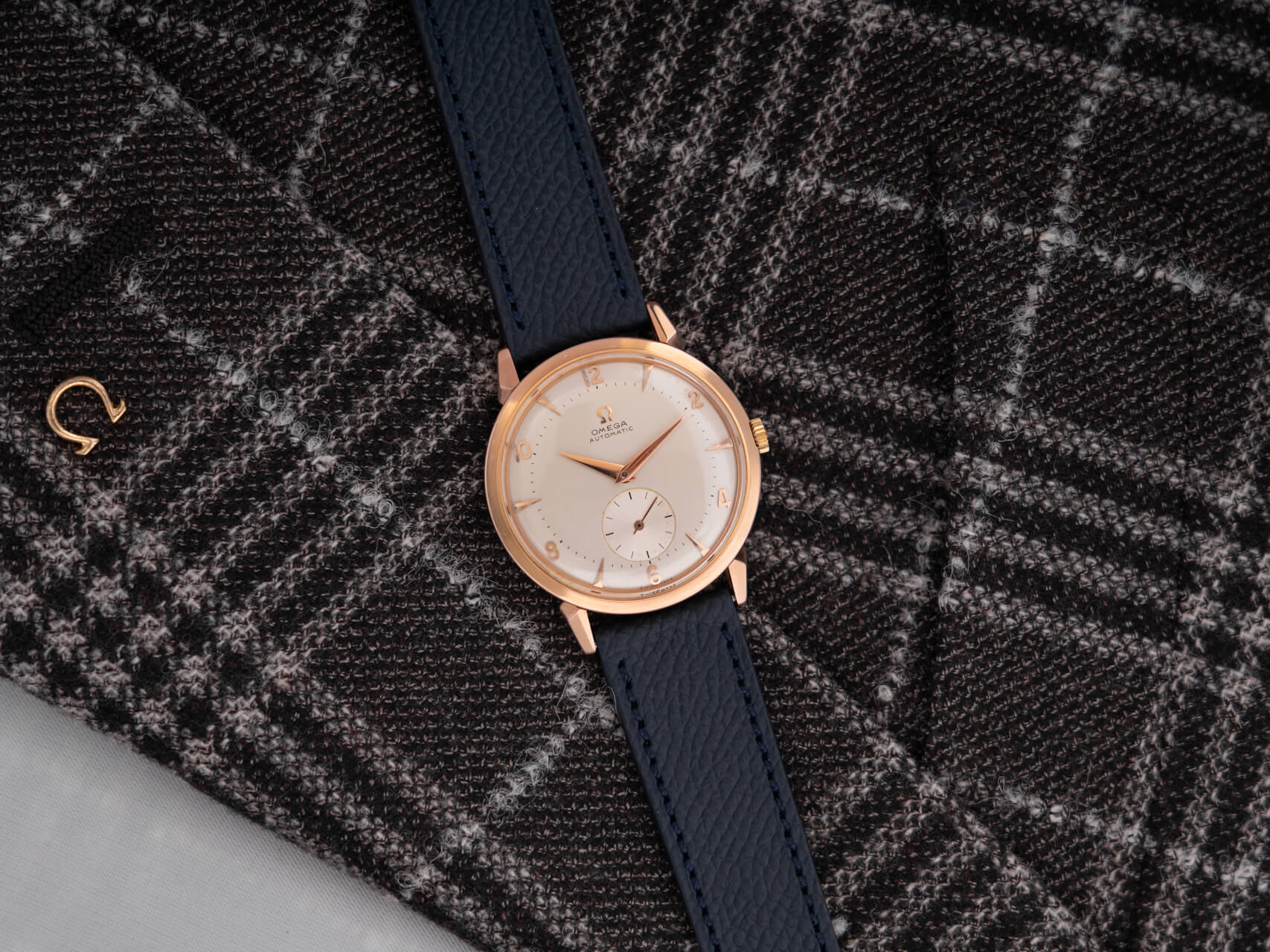Gold; A Few Facts About The World’s Most Popular Precious Metal

The fascination for gold seems to be embedded in the DNA of humans, as since the beginning of time, we have been enamored by it. This also makes it so that gold watches are in a league of their own. When wearing one, you get to enjoy not only the unique color of this precious metal but also the heft. Even when you are used to a certain watch in stainless steel, having the exact same model in gold on your wrist is an entirely different experience.

Through the ages, gold remains a very popular precious metal
Pure gold is also known as 24-karat gold. As this is not an alloy, it always has the traditional yellow color. 24-karat gold is rarely used in watchmaking as it is too soft to manufacture cases or bracelets from. The only place where you can sometimes find it is in the movement, as some brands like to use it to craft the oscillating weight, although they likely opt for 22-karat gold. Watch cases and bracelets these days, are usually made from 18-karat gold. This means that it is an alloy where 18 of the 24 particles are pure gold, and the remaining six are different metals, like copper, silver, or platinum. This comes with two significant advantages. First of all, this alloy is much stronger than pure gold and can therefore be used for bezels, cases, and bracelets. Another major benefit is that because you add other metals to it, you can influence the color. Add more copper, and you get pink or even red gold, go for platinum or any related metal, and you get white gold.

Adding precious metals like platinum to the alloy and you get white gold
You can play quite a bit with these alloys and even create proprietary colors. Omega for instance is known for its Sedna gold, with a warm, rich color that is quite a contrast to its moonshine (what’s in a name) gold, which is more like a pale yellow. At A. Lange & Söhne, they achieved a slightly warmer version of yellow gold, which they named honeygold, while Rolex calls its proprietary pink gold alloy Everose.

Vintage yellow gold Rolex has a warmer hue compared to its more modern siblings
Having different shades of gold is nothing new, as already in the past, certain brands were known for having a slightly different hue, although they weren’t marketed as such. For example, when looking at vintage yellow gold Rolex models from the fifties, sixties, and seventies, the hue is slightly warmer than the yellow gold today. With other brands, you sometimes see a subtle fluctuation in the hues of their gold watches over the years. This is also because not every brand had/has its own foundry, and some rely on different suppliers. But whatever the story, all these different hues quite literally enrich the world of watchmaking.